The Giant Panda is a native animal in China. Panda is very adorable and talked about animals among humans because of their attractive appearance. In China, the Giant Panda is considered a national treasure. But in the present context, this animal is more vulnerable, and the population has decreased. In records, it confirmed that there are 1846 wild populations of Pandas in the world. The scientific abbreviation for the Giant Panda is Ailuropoda melanoleuca. Panda is a native representation of China, and they are representatives of many Chinese logos.
There are three classifications of Pandas.
01. The Giant Panda
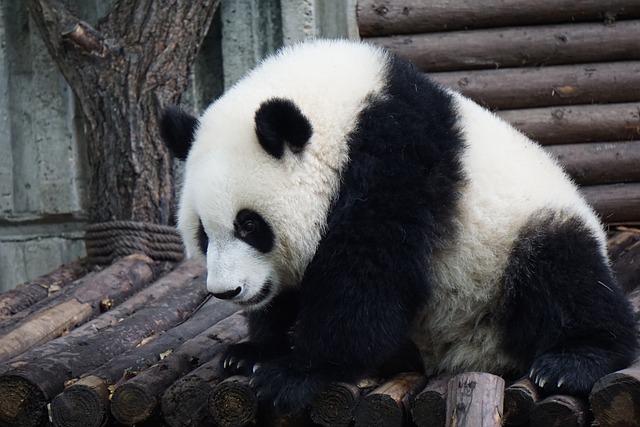
The Giant Panda is named Ailuropoda melaleuca; this real Bear belongs to the Ursidae family. It is the most gentle Bear amongst the bear family, and they lack violence. The Giant bears are much heavier; they weigh 91 kilograms, and their height is 152.5 to 183 centimetres. The Giant Bear is a significant element of Chinese culture. The Pandas depend on Bamboo. Though Giant pandas are much heavier, they are good climbers. The Giant Panda is found in China.
02. Red Panda
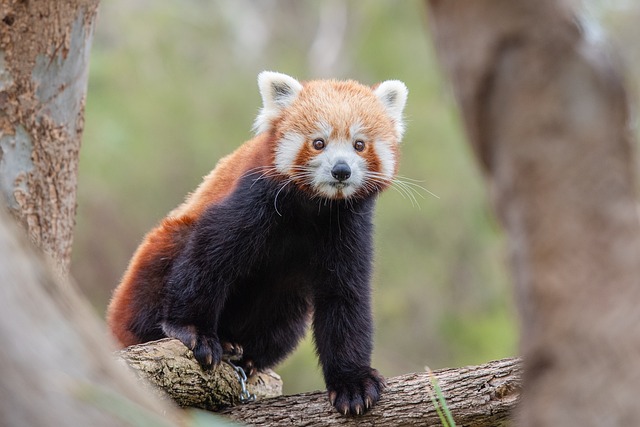
The scientific term for Red Panda is Ailurus fulgens.In the real world, Red Pandas are not born, they are a hybrid version of a cat and a fox, but most people believe they have a bear-like appearance. The Red Pandas are primarily found in China. Other than China, they also can be found in Nepal, Bhutan and the Northern part of India. The typical height of a red panda is 61 centimetres, and they weigh 5.9 kilograms. The long bushy tail helps them to keep themselves warm while sleeping. Also, this ail helps to maintain the body balance when climbing trees; red pandas are also good climbers. Likewise, the giant Panda and red Panda also depend on Bamboo. Other than Bamboo, they prefer eating mushrooms, acorns and berries.
03. Qinling Panda
The third type of Panda category is Qinling Panda. The Qinling Panda is primarily found in China and appears with white and brown furs. The Qinling Panda was first discovered in the 1960s and is considered significant Panda subspecies. The Qinling Panda weighs approximately 1.2 to 1.5 meters and weighs 70-80 kilograms.
Behaviour and the Habitat
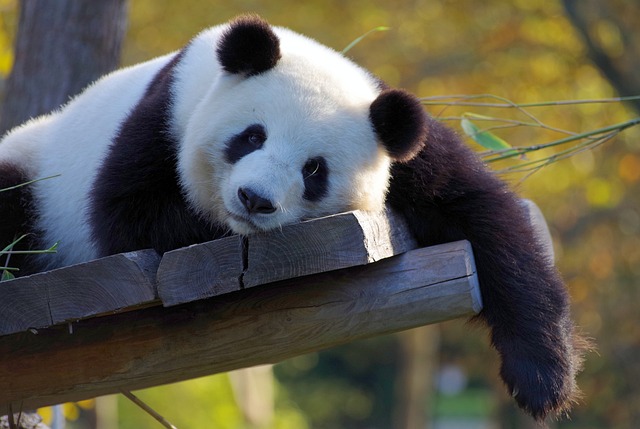
Wild Pandas are more likely to live in wet and superb surroundings. In China, Pandas are bred in the bamboo forests, especially in central China in regional mountain areas. The Pandas are naturally skilled in tree climbing, climbing up to 13,000 feet to feed on higher slopes. Also, Pandas are more efficient swimmers. The Panda is an animal that belongs to the animal category of Bear. Their swimming and climbing trees will help disperse the forest’s seeds. The Panda is an animal which allows the sustainability of the tropical ecosystem. The Giant Panda is a playful animal. You can often see them playing with toys and puzzles when you visit them.
When talking about appearance of the Giant Pandas, they are in large sizes with party-coloured bears, bamboo bears and white bears. The combination of black and white colours has made this animal more adorable and attractive. The Pandas are more likely to have the attention of humans and the pampering. But the Panda is likelier to be alone; therefore, people call them loners. They do not like to habit as a group. Whenever they smell the presence of another Panda, they are more reluctant to leave for another place. If they are habitat together, there will be a bite, swat and growl among them until one leaf. The only season that the Pandas seek each other is during their spring mating season. A female Panda can give birth to one or two cubs simultaneously. But research has been founded that the birth rates for Pandas are meagre, and they are considered a notable species for conservation.
Diet
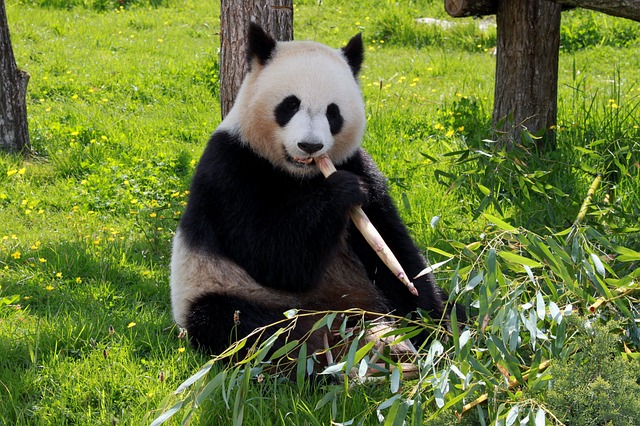
The Giant Panda depends on Bamboo. They can eat 12.5 kg of Bamboo each day, and for 12 hours a day, they consume Bamboo. Bamboo is a tricky food to swallow, but the giant Panda has a pseudo-thumb that will help them manipulate Bamboo. They usually have a tremendous amount of Bamboo for a day as the bamboo tree has fewer nutrients. From root to branch, the pandas eat the bamboo trees to consume different nutrition to improve their health. In China, when they do not get enough bamboo supplements, they provide fish, birds, insects, or rodents for Pandas.
How to protect them?
It has been proved that the Pandas are being vulnerable and endangered, and the population of the Pandas have been decreased with time; therefore, the WWF (World Wildlife Fund) is working together with the Chinese government and has taken steps to conserve the giant pandas. Under their conservation policy level, they have,
- Continue monitoring and research on the Pandas’ lifestyle (death, birth and diseases).
- Increased the customary areas of Pandas with more protections.
- Have made payrolling against illegal logging, encroachments, and poaching.
- Have taken steps to reserve nature for the animal.
- Have reserved more than 4 million acres of forest for the native Pandas.
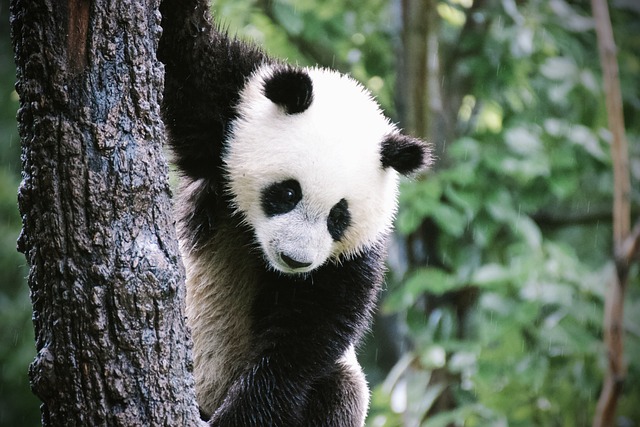
Facts about Panda
- Pandas are big eaters.
- The captivated Pandas can live for 30 years.
- The meaning of scientific name of Pandas (Ailuropoda melaleuca) is “black and white cat foot.”
- The baby pandas are born in pink colour, and they are size 15 centimetres.
- Female pandas give birth to two cubs at a time.
- Pandas are omnivorous mammals.


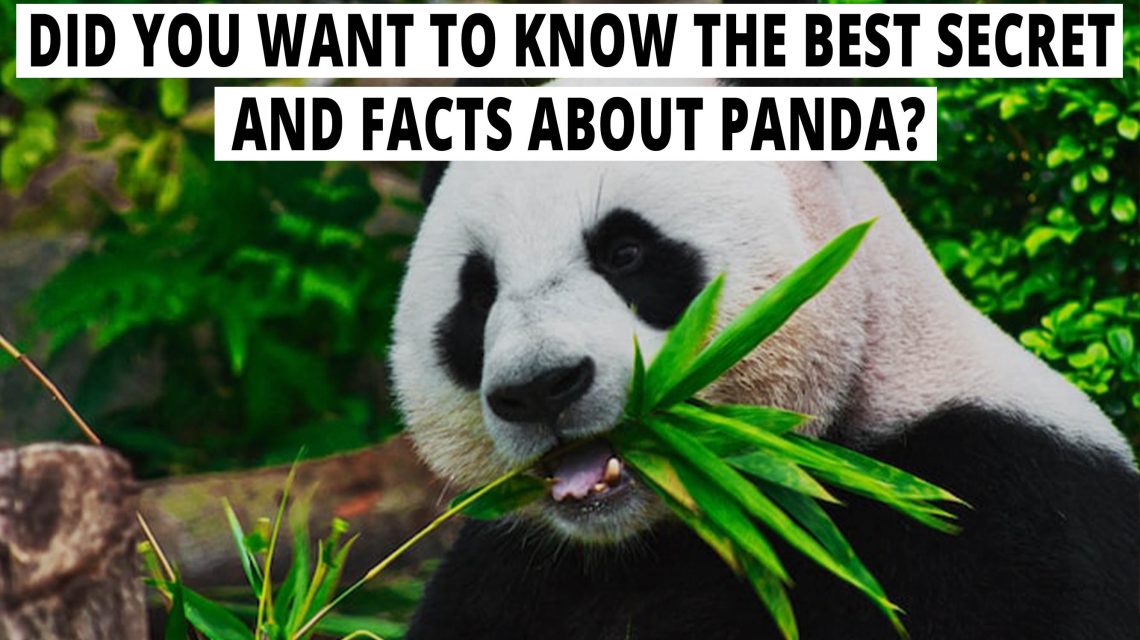
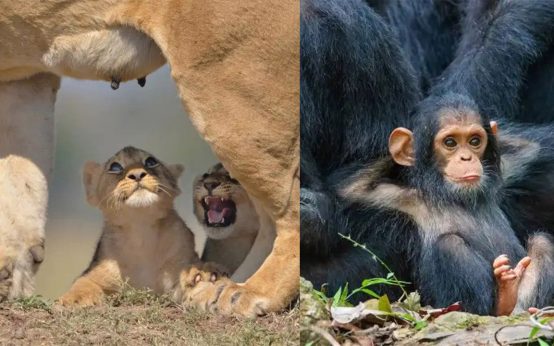 16 Greatest Animal Moms: Masters of Motherhood
16 Greatest Animal Moms: Masters of Motherhood  14 Uncommon and Remarkable Equine Varieties Demonstrating Nature’s Prowess as the Creative Artisan
14 Uncommon and Remarkable Equine Varieties Demonstrating Nature’s Prowess as the Creative Artisan  If Animals Used Tinder, This Might Be Their Profile Picture
If Animals Used Tinder, This Might Be Their Profile Picture  30+ Photos Of Dogs Before And After Being Adopted That Will Warm Your Heart
30+ Photos Of Dogs Before And After Being Adopted That Will Warm Your Heart 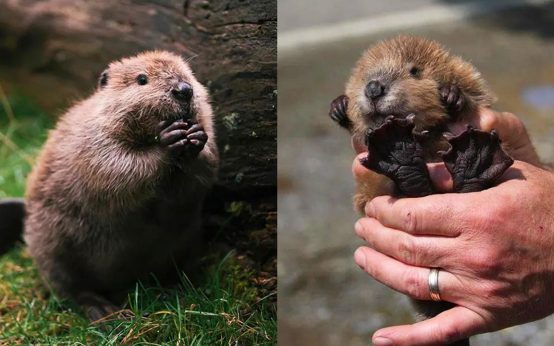 23 Adorable Baby Beavers To Celebrate World Beaver Day
23 Adorable Baby Beavers To Celebrate World Beaver Day  Thor is a Bengal cat with exquisitely beautiful fur
Thor is a Bengal cat with exquisitely beautiful fur